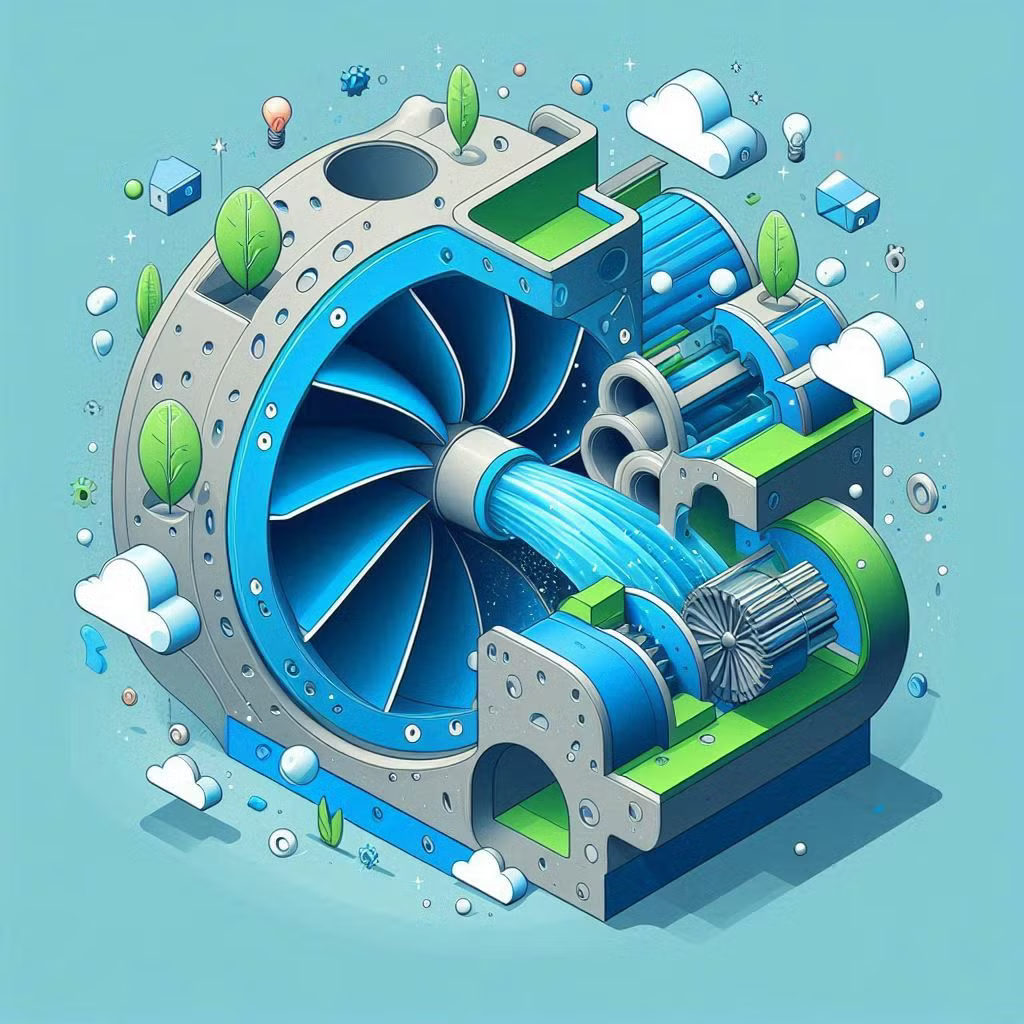Oil Flow Rate Optimization for Heavy-Duty Axles: A Case Study in Planetary Gear Lubrication
In heavy-duty machinery, efficient lubrication is crucial for performance and longevity. This case study delves into the optimization of oil flow rates within a complex axle system containing an integrated planetary gear stage. The goal: ensure adequate lubrication of the planetary gears, while maintaining efficient oil exchange between the axle and planetary stage under varying operating conditions, such as uphill and downhill movement.
Key takeaways
- Geometry Matters: Even subtle changes to oil passage geometry can drastically impact lubrication effectiveness.
- Oil Level is Critical: Finding the optimal oil level is a balancing act between adequate lubrication and system efficiency.
- Slight: Even small changes to oil passage geometry can have significant impacts.
- Real-World Validation: Simulations were validated through real-world testing, confirming the accuracy of the CFD model.
The Challenge: Quantifying the Flow Patterns for Maximum Cooling
Inadequate lubrication can lead to increased temperatures and accelerated wear within the planetary gears. Conversely, excessive oil flow can negatively impact overall system efficiency. The challenge lies in finding the optimal balance.

Design exploration with simulation
To address this, a computational fluid dynamics (CFD) model was developed. This model encompassed the axle housing, internal components, and the oil domain. Crucial oil properties like viscosity, density, and surface tension were included.
Three distinct scenarios were simulated:
- Baseline: The existing oil passage geometry and standard oil level.
- Optimized: Modified oil passage geometry with standard oil level.
- Optimized + More Oil: Modified geometry with an increased oil level.
The machine was simulated moving through a sequence of horizontal, uphill, downhill, and horizontal movements to assess oil flow under various conditions.
A trade-off between lubrication and oil churning losses
The existing configuration showed poor oil exchange between the axle and planetary stage, potentially leading to localized heating. Modifying the oil passage geometry significantly improved oil exchange, especially during horizontal movement. While the increased oil level further enhanced oil exchange, it also resulted in oil exiting the planetary stage during much of the simulation, suggesting potential efficiency losses.
This case study demonstrates the power of CFD modeling in optimizing complex lubrication systems. By understanding the nuances of oil flow under varying operating conditions, engineers can design more efficient and reliable heavy-duty machinery.
If you are interested in deepening the topic, read this article.
Particleworks blog
Enjoy our latest blog articles!
We will go over some of the simulation practices from the mesh-less solver and from the intuitive interface, that make the simulation process simple and fast.
Glossary
Take a look at the glossary dedicated to the terms of Moving Particle Simulation.







